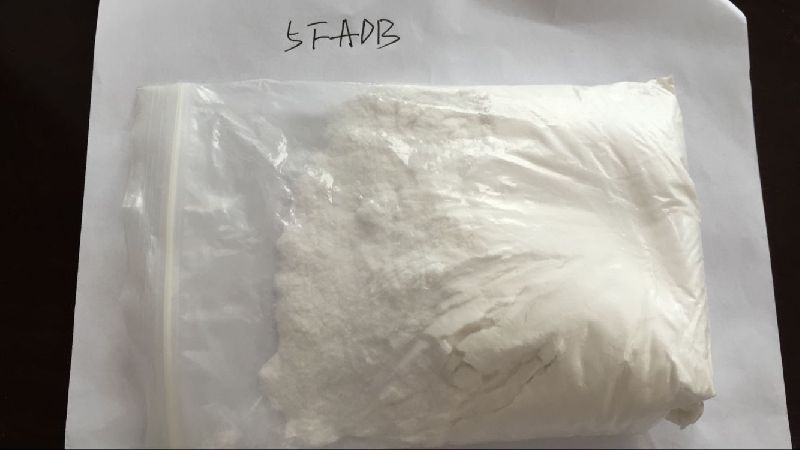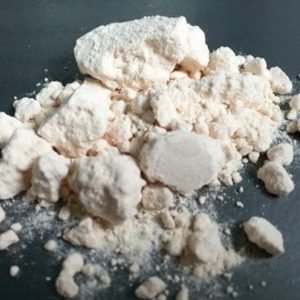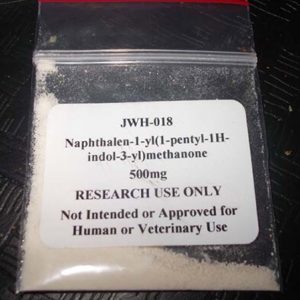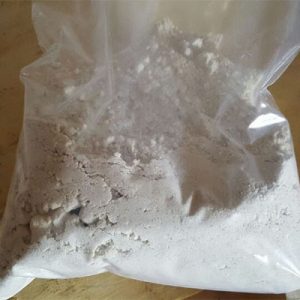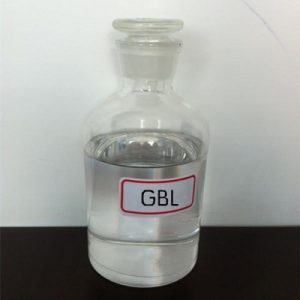5F-ADB (alternatively spelled 5F-MDMB-PINACA) is a synthetic cannabinoid derived from indazole that has been utilized as an active ingredient in synthetic cannabis products and sold online as a designer drug.
5F-ADB is a strong agonist of the CB1 receptor, albeit its selectivity for this receptor is unknown. 5F-ADB was found for the first time in November 2014 using post-mortem samples acquired from a person who died after taking a product containing this drug. Subsequent testing revealed that 5F-ADB was detected in a total of ten people who died in Japan between September and December 2014 from inexplicable drug overdoses. Based on the relatively low levels discovered in tissue tests, 5F-ADB is believed to be extraordinarily strong and looks to be substantially more hazardous than previously sold synthetic cannabis medicines.
N-[[1-(5-fluoropentyl)-1H-indazol-3-yl]carbonyl]
-3-methyl-D-valine methyl ester (5F-ADB) is a highly strong synthetic cannabis that causes severe psychotic symptoms in humans, occasionally fatally.
To elucidate the neuronal mechanisms behind 5F-toxicity, ADB’s we studied its effects on midbrain dopaminergic and serotonergic circuits, which regulate a variety of fundamental brain functions, including those associated with reward-related behavior. Ex vivo electrophysiological techniques were used to record alterations in the spontaneous firing activity of dopaminergic and serotonergic neurons produced by 5F-ADB.
5F-ADB (1 M) dramatically raised the spontaneous firing rate of dopaminergic neurons, but failed to activate them in the presence of the CB1 antagonist AM251 (1 M). The same concentration of 5F-ADB, on the other hand, had no effect on serotonergic neuron activity. These findings show that 5F-ADB activates local CB1 receptors and enhances dopaminergic systems in the midbrain while having no effect on serotonergic systems in the midbrain.

